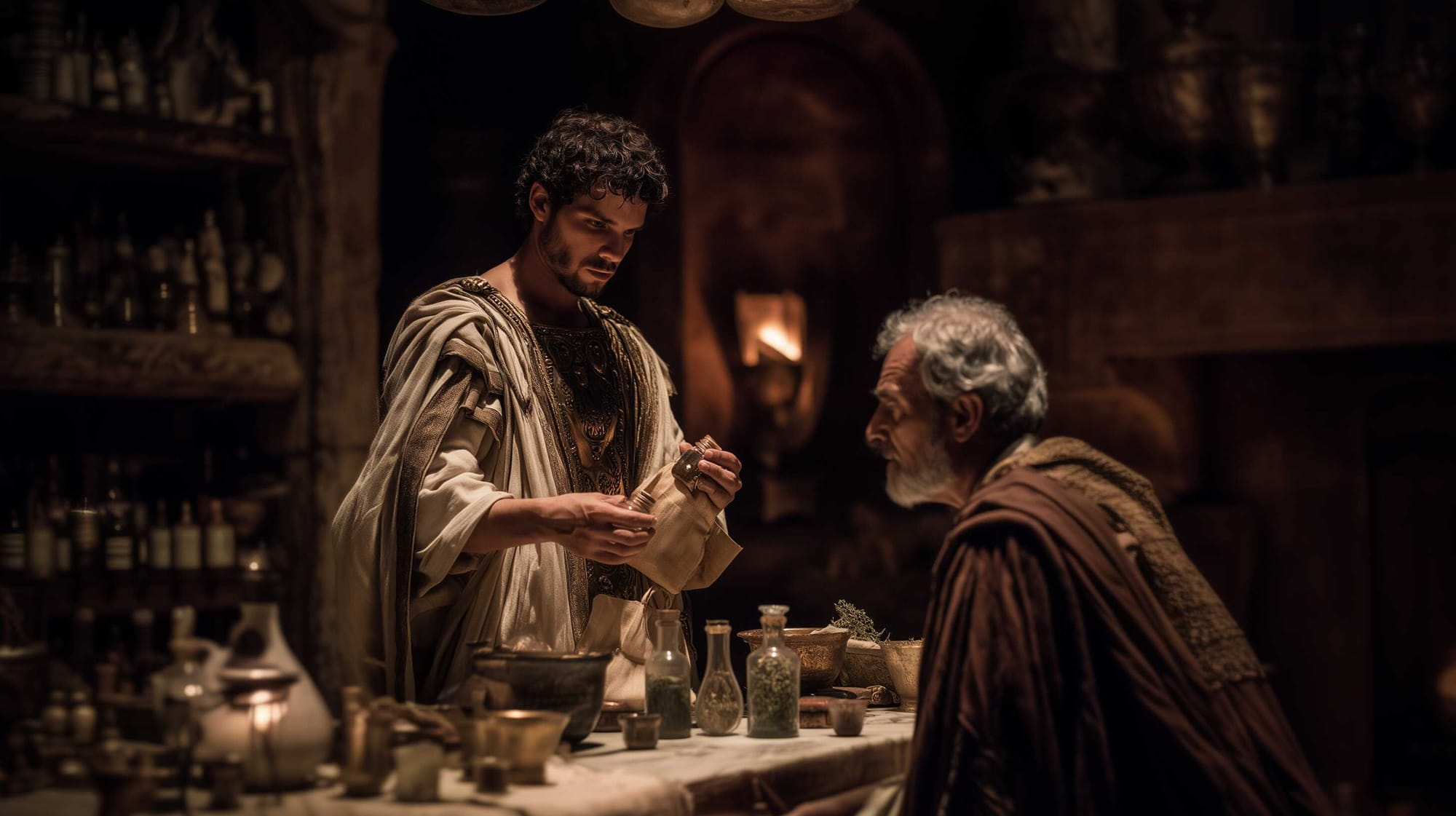The University of San Domingo's Dominican Egyptian archaeological mission discovered a tunnel carved in the rock about 13 meters below the earth's surface. A massive, magnificent tunnel that is being termed a "geometric miracle" beneath a temple in the ancient city of Taposiris Magna, which is now a ruin on the coast of Egypt.
The burial crypt of Mark Antony and Cleopatra VII, which dates to 30 BC, is yet undiscovered somewhere close to Alexandria, Egypt. The Roman leader Octavian (later known as Augustus) reportedly allowed their burial together after defeating them, according to authors Suetonius and Plutarch.
Cleopatra VII's early years in Ptolemaic Egypt began with her birth to then-reigning pharaoh Ptolemy XII Auletes and her unidentified mother (perhaps Cleopatra V) in early 69 BC and continued until her ascension to the throne in March 51 BC.
Cleopatra spent her early years in the Egyptian palace of Alexandria where she was educated mostly in Hellenistic Greek by her tutor Philostratus, a researcher at the renowned Alexandrian library. She was fluent in many languages by the time she was an adult, including her native Koine Greek, Egyptian, Ethiopian, Hebrew, Arabic, Median, Parthian.
Father of Cleopatra was a Roman Republic client king. Ptolemy XII lost favour with the citizens in Egypt when he remained mute and made no response to the events that led to his brother Ptolemy of Cyprus' suicide rather than go into exile when the Romans annexed Cyprus and forced him to choose between that and going into exile.
During a revolution, he was deported from Egypt along with a daughter who was apparently Cleopatra and not Arsinoe IV. This made it possible for Cleopatra VI Tryphaena's older sister Berenice IV to accede to the throne in 58 BC and rule alongside her.






